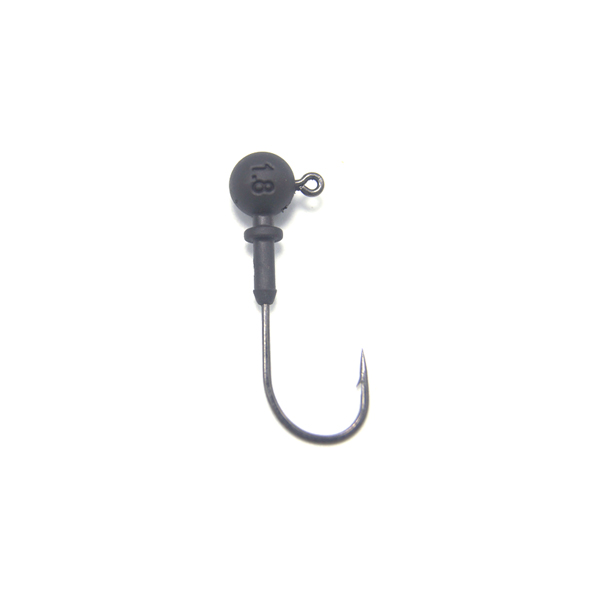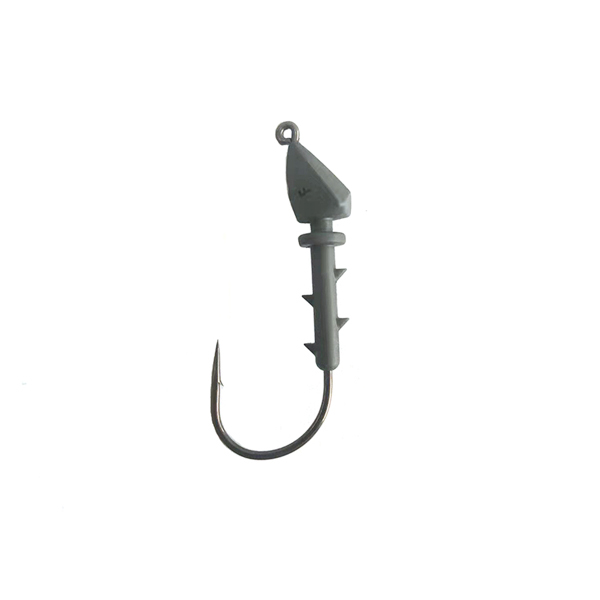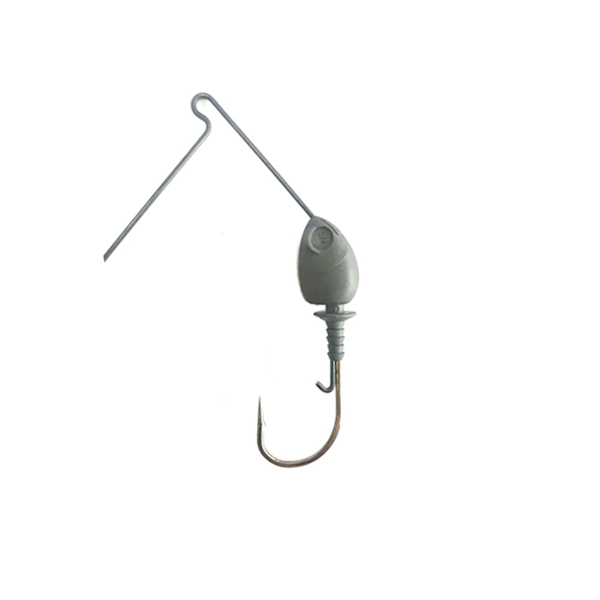What is the optimal weight for a jig head?
When it comes to jig fishing, choosing the right jig head weight is crucial to maximizing your success on the water. The weight of the jig head can significantly affect how the bait performs in the water, how deep it reaches, and how well it attracts fish. Among the various options available, tungsten jigs are a popular choice among anglers due to their unique performance and environmental benefits.
Understand the gripper head weight
Clamp heads come in a variety of weights, typically ranging from 1/32 ounce to 1 ounce or more. The optimal jig head weight depends largely on several factors, including the type of fish you’re targeting, the depth of the water, and the conditions of your fishing environment.
For example, if you’re fishing shallow water or around dense cover, a lighter jig head (1/16 ounce to 1/4 ounce) may be more effective. This allows for a more natural presentation and reduces the chance of tripping over underwater structures. Conversely, if you’re fishing deeper water or strong currents, a heavier jig head (3/8 ounce to 1 ounce) will help you maintain control and get the bait to the fish faster.
Advantages of Tungsten Steel Jigs for Fishing
One of the best options in the world of jig fishing is the tungsten jig head. Tungsten is a lead-free material that is not only safe for the environment but also offers several advantages over traditional lead jig heads. Tungsten jig heads are approximately 50% smaller than lead jig heads, which means they can penetrate dense weeds and maneuver through tight spaces more efficiently.
This smaller size allows for a leaner presentation, making it easier to fish in often challenging areas. The reduced profile also means less hassle, allowing you to spend more time fishing and less time untangling your line.



Enhance sensitivity
Another significant advantage of tungsten jig fishing is its sensitivity. Tungsten is denser than lead, which means better feel and feedback when fish bite. This increased sensitivity allows anglers to detect the tiniest bites that traditional lead sinkers may miss. As a result, you can react faster and increase your chances of catching that elusive catch.
Choose the right weight
When choosing the best weight for your tungsten gripper head, consider the following tips:
Target Species: Different fish species have different preferences for the presentation of bait. Research your target species to determine the ideal jig head weight.
Water Depth: In deeper waters, choose a heavier bait head to ensure your bait reaches the desired depth quickly. In shallower waters, a lighter weight provides a more natural presentation.
Current Condition: If you are fishing in strong currents, a heavier jig head will help maintain control and keep your bait in the strike zone.
Cover and Structure: If you are fishing around heavy cover, a smaller, heavier tungsten jig head can help you get through obstacles with ease.
Fishing with tungsten jigs offers a range of advantages, including a smaller profile, reduced sag and increased sensitivity. By understanding these elements and choosing the right weight, you can significantly improve your jig fishing experience and increase your chances of catching a trophy fish. Whether you’re an experienced angler or a beginner, adding a tungsten jig head to your tackle box is a smart addition to any fishing adventure.
Post time: Oct-11-2024

